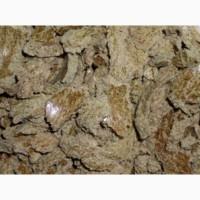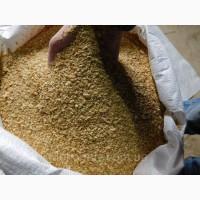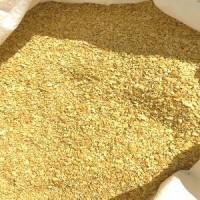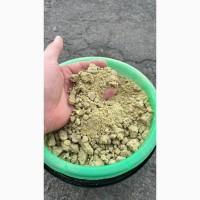/ Feeds, compound feeds, supplements / Different feeds, compound feeds, supplements + in assortment / I will sell meal, cake
Sell / buy
I will sell meal, cake, Dnipropetrovsk region.
Price9000 UAH.
Region:all of Ukraine,
Dnipropetrovsk region.
(Kryvo Rog)
Updated:
Company offersmeal sunflower wholesale norms from the producer
(//tractor-service.com)
Sunflower meal is the most common source of 40% protein in our country. However, the high fiber content (15%) limits its inclusion in the diets of highly productive poultry. In addition, it is deficient in such an important amino acid as lysine, which requires the additional inclusion of a synthetic drug. The rate of introduction ofsunflower meal and cake in the diet of almost all species and ages of birds varies widely from 0 to 15%. In addition to sunflower meal, it is desirable to include other sources of protein in the diet, such as fish meal, meat and bone meal, fodder yeast, soy meal and limit the content of cake to 8-10%.
Sunflower meal and cake contain from 30 to 43% of crude protein, are deficient in lysine, but unlike other cakes and meals, they practically do not contain anti-nutritional substances. The arabinoxylan index of sunflower meal in relation to soybeans is 117, which ensures high protein digestibility (78−80%) compared to other protein feeds of plant origin. Factors limiting the use of sunflower meal (cake) include chlorogenic and quinic acids, the level of which is 1.56 and 0.48%, respectively, and fiber. The negative effect of high doses of chlorogenic acid is manifested in the inhibition of trypsin and lipase, so its level should not exceed 1%. Including methionine in the diet in addition to the norm prevents the negative effect of an excess of chlorogenic acid. Compared to soybeans, sunflower contains a larger amount of non-starchy polysaccharides, such as beta-glucans, arabinoxylans, pectin, oligosaccharides, which increase the viscosity of chyme, slow down the rate of passagefeed and negatively affect the use of nutrients in feed.
(//tractor-service.com)
Sunflower meal is the most common source of 40% protein in our country. However, the high fiber content (15%) limits its inclusion in the diets of highly productive poultry. In addition, it is deficient in such an important amino acid as lysine, which requires the additional inclusion of a synthetic drug. The rate of introduction ofsunflower meal and cake in the diet of almost all species and ages of birds varies widely from 0 to 15%. In addition to sunflower meal, it is desirable to include other sources of protein in the diet, such as fish meal, meat and bone meal, fodder yeast, soy meal and limit the content of cake to 8-10%.
Sunflower meal and cake contain from 30 to 43% of crude protein, are deficient in lysine, but unlike other cakes and meals, they practically do not contain anti-nutritional substances. The arabinoxylan index of sunflower meal in relation to soybeans is 117, which ensures high protein digestibility (78−80%) compared to other protein feeds of plant origin. Factors limiting the use of sunflower meal (cake) include chlorogenic and quinic acids, the level of which is 1.56 and 0.48%, respectively, and fiber. The negative effect of high doses of chlorogenic acid is manifested in the inhibition of trypsin and lipase, so its level should not exceed 1%. Including methionine in the diet in addition to the norm prevents the negative effect of an excess of chlorogenic acid. Compared to soybeans, sunflower contains a larger amount of non-starchy polysaccharides, such as beta-glucans, arabinoxylans, pectin, oligosaccharides, which increase the viscosity of chyme, slow down the rate of passagefeed and negatively affect the use of nutrients in feed.
|
Author, contacts | |
Favorite Feed / feedback, info. / rating of activity | |
|
Phone:
+380xxxxxx
show
| |
All user ads ~4 | |
Ad ID: #1016893
(added by a registered user, registration date: 04-07-2020)
Added / Updated: 10-17-2025 12:57 (current, until: 17-10-2026)
Permanent Ad Address:
Impressions / views for today: ?, total: ?
Similar ads
There are many interesting ones among them...
Total1140 similar adsin the heading "Feeds, compound feeds, supplements"
All Ukraine:Feeds, compound feeds, supplements 1140 / Various feeds, compound feeds, supplements + in assortment 271
Dnipropetrovsk region: Feeds, compound feeds, supplements 116 / Different feeds, compound feeds, supplements + in assortment 24













